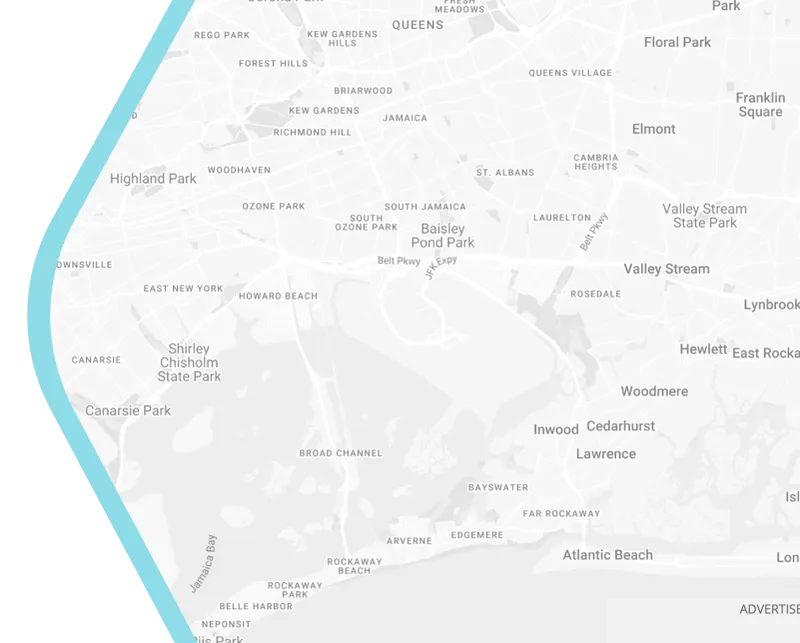
Integrating IoT into Public Transit: A Blueprint for Smarter Mobility
Introduction: The Urban Mobility Crisis
By 2050, over 70% of Australia’s population will call cities home—a surge that threatens to overwhelm aging transit systems. In Sydney alone, commuters waste an average of 75 hours yearly in traffic, costing the economy over $5 billion AUD. For city planners, the stakes are clear: traditional fixes won’t work. Enter smart city strategies powered by the Internet of Things (IoT).
IoT isn’t just about flashy tech—it’s a smart city solution that turns buses, trains, and traffic lights into data-driven collaborators. From Melbourne’s tram network to Brisbane’s smart buses, Australian cities are proving that IoT isn’t a futuristic fantasy. It’s here, and it’s rewriting the rules of urban mobility.
1. How IoT Fits into the Smart City Ecosystem
A smart city ecosystem thrives when transit, energy, and governance systems “talk” to each other. IoT acts as the nervous system, linking sensors, vehicles, and passengers into one seamless network.
IoT as the Backbone of Smart City Infrastructure Management
- Real-Time Data Flow: GPS trackers on buses, occupancy sensors in stations, and air quality monitors feed data to centralized dashboards.
Example: Perth’s Public Transport Authority uses IoT to predict delays with 92% accuracy, rerouting buses before congestion strikes. - Predictive Maintenance: Sensors in Sydney’s ferries monitor engine health, slashing downtime by 30% and saving $2M annually in repairs.
2. The Blueprint: 5 Steps to Integrate IoT into Transit Systems
Step 1: Audit Infrastructure with Smart City Strategies in Mind
Before installing a single sensor, map your city’s transit pain points.
- Melbourne’s 2024 Smart City Roadmap prioritized IoT in high-congestion zones like Hoddle Street, aligning transit upgrades with broader smart city solutions.
- Tool: Use open-data platforms like NSW’s Spatial Digital Twin to visualize bottlenecks.
Step 2: Choose Scalable IoT Tools
Not all sensors are created equal. Focus on:
- Cost vs. ROI: Brisbane’s solar-powered bus shelters (with Wi-Fi and air quality sensors) paid for themselves in 18 months via ad revenue.
- Interoperability: Adelaide’s trams use IoT systems compatible with traffic lights, reducing wait times by 22%.
Step 3: Leverage Australia’s Smart City Initiatives for Funding
- Tap into grants like the Smart Cities and Suburbs Program, which funded 62 projects in 2023, including Perth’s sensor-based traffic management.
Step 4: Pilot, Test, Iterate
- Newcastle’s trial of solar-powered bus trackers on a single route cut fuel costs by 12% in 6 months.
Step 5: Scale with Public-Private Partnerships
- Melbourne’s partnership with Siemens delivered IoT-enabled trams that sync with pedestrian crossing signals.
3. Case Study: Adelaide’s IoT-Powered Tram Network
Challenge: Adelaide’s historic tram network faced rising congestion and energy inefficiency.
Smart City Solutions in Action:
- Installed occupancy sensors and GPS trackers, synced with traffic lights to cut wait times by 22%.
- Solar-powered charging stations reduced energy costs by 18%.
Results:
- 15% increase in ridership.
- Winner of the 2023 Smart City Australia Awards.
Quote:
“IoT transformed our tram network into a backbone of Adelaide’s smart city ecosystem.”
4. Overcoming Challenges
Budget Constraints
- Solution: Partner with tech firms (e.g., Cisco’s grant for regional NSW smart bus trials).
Data Privacy
- Solution: Brisbane’s encrypted ticketing system anonymizes passenger data.
Tech Interoperability
- Solution: Adelaide’s use of FIWARE, an open-source IoT platform, to integrate tram data with utilities.
5. The Future of IoT-Driven Transit
- 5G Hyperconnectivity: Gold Coast’s autonomous shuttle trials.
- AI + IoT Fusion: Melbourne’s AI-powered rail diagnostics predict track faults.
- Citizen-Centric Apps: Perth’s app suggesting walking routes post-transit.
Conclusion: Building Australia’s Next-Gen Smart City Solutions
The journey to smarter mobility isn’t about replacing buses with robots—it’s about weaving IoT into the fabric of smart city infrastructure management. From Adelaide’s trams to Brisbane’s buses, Australian cities are proving that IoT isn’t a luxury; it’s a lifeline for sustainable growth.

